energy
Latest
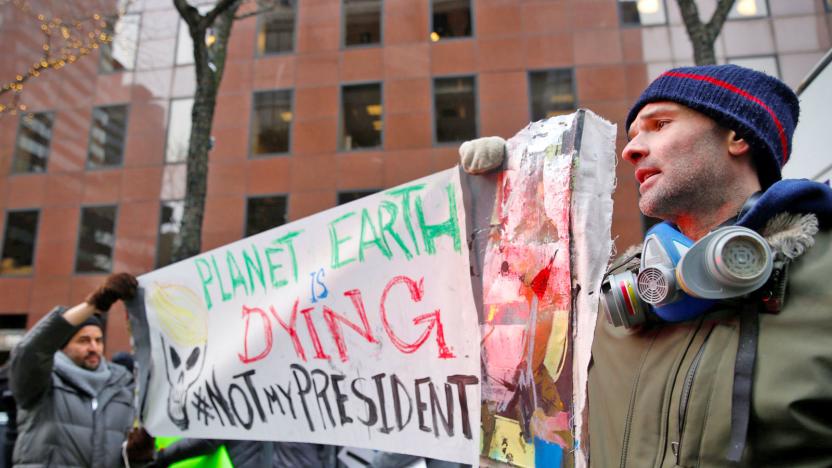
What Trump's budget would mean for NASA and climate change
President Donald Trump's proposed 2018 budget beefs up the Defense Department while removing funds from the Environmental Protection Agency, Department of Energy, NASA and many other government agencies. Congress still has to pass the budget, but if it's approved it will shut down a handful of programs designed to research and combat climate change. Despite overwhelming consensus in the scientific community, multiple members of the Trump administration have argued that climate change is not a man-made occurrence, including new EPA head Scott Pruitt. So, it's not surprising that Trump's proposed budget slashes climate change research programs and funding -- but it is concerning.

Trump to sign sweeping rollback of Obama-era climate change rules
Donald Trump is poised to sign an executive order that will dramatically reduce the role that climate change has in governmental decision-making. The order could impact everything from energy policy to appliance standards.
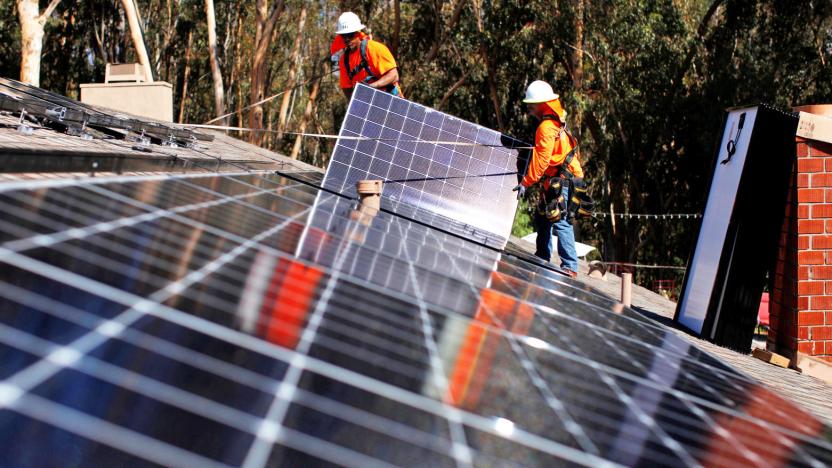
Liquid battery could last for over 10 years
Modern batteries aren't hampered so much by their capacity as their long-term lifespan -- a lithium-ion pack can easily become useless after a few years of heavy use. That's bad enough for your phone, but it's worse for energy storage systems that may have to stick around for the long haul. If Harvard researchers have their way, you may not have to worry about replacing power backs quite so often. They've developed a flow battery (that is, a battery that stores energy in liquid solutions) which should last for over a decade. The trick was to modify the molecules in the electrolytes, ferrocene and viologen, so that they're stable, water-soluble and resistant to degradation. When they're dissolved in neutral water, the resulting solution only loses 1 percent of its capacity every 1,000 cycles. It could be several years before you even notice a slight dropoff in performance.
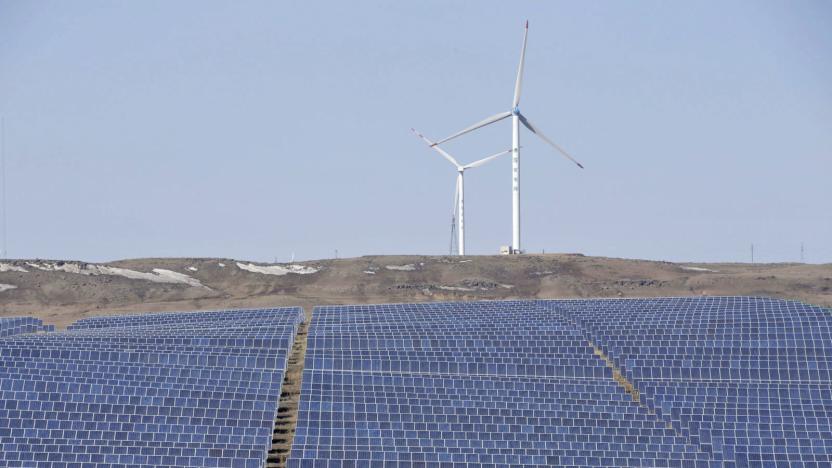
China is now the biggest producer of solar power
You probably don't think of China as a clean energy champion given its frequent problems with smog and continued dependence on coal power, but you may have to rethink your views after today. The country's National Energy Administration has revealed that its solar power production more than doubled in 2016, hitting 77.42 gigawatts by the end of the year. The country is now the world's biggest generator of solar-based electricity in terms of capacity -- it doesn't compare as well relative to population (Germany, Japan and the US could easily beat it), but that's no mean feat for any nation.

GM and Honda will mass-produce hydrogen fuel cells together
Just weeks after the car and energy industries began their big push on hydrogen, the first real action is being taken. General Motors and Honda have leapt into bed together to begin work on a new factory that'll mass-produce hydrogen fuel cells for their vehicles. Fuel Cell System Manufacturing (FCSM) will be based at GM's electric vehicle battery site in Brownstown, MI (pictured), and is expected to start work in 2020.
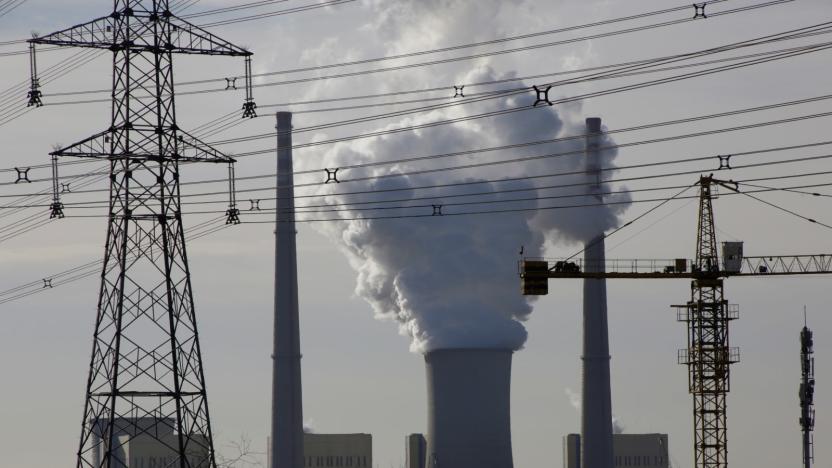
China suspends plans for 85 coal power plants
China is taking some steps to curb pollution (it doesn't have much choice), but one of its most recent steps may be more of a happy accident. The country's National Energy Administration is suspending 85 planned or in-progress coal power plants -- not because they're threats to the environment and public health (which they are), but because they don't fit in with China's latest Five Year Plan. It's targeting a coal capacity limit of 1,100GW, but the plants would have brought it to 1,250GW. While that's still an increase over the current 920GW capacity, it's definitely an improvement.

Japan axes its 'fast' nuclear reactor prototype
Japan's Monju reactor was supposed to be a more efficient alternative to conventional nuclear power. The "fast," sodium-cooled prototype plant would produce more plutonium than it ate up, making it relatively easy to recycle fuel. However, that's not how it worked out. A leak and fire led to a 15-year shutdown starting in 1995, and the reactor has been plagued by failures, mismanagement and political fights ever since. And now, the government has had enough: it's planning to close Monju once and for all. It would be slower and more expensive to fully restart the reactor than to shut it down (the equivalent of $4.6 billion versus $3.2 billion), officials claim, and the focus is on developing more practical fast reactors instead.

Fusion reactor endurance record hints at our energy future
Wondering why a fusion reactor isn't powering your home right now? There are numerous reasons, but one of the biggest is simply keeping the necessary super-hot plasma in an ideal state for energy generation -- it doesn't last that way for long. South Korea, however, just edged closer to that goal. The country's KSTAR (Korean Superconducting Tokamak Advanced Research) reactor team claims to have set an endurance record for operating with "high performance" plasma. The feat only lasted for 70 seconds, but that's still a "huge step forward," according to the National Fusion Research Institute.
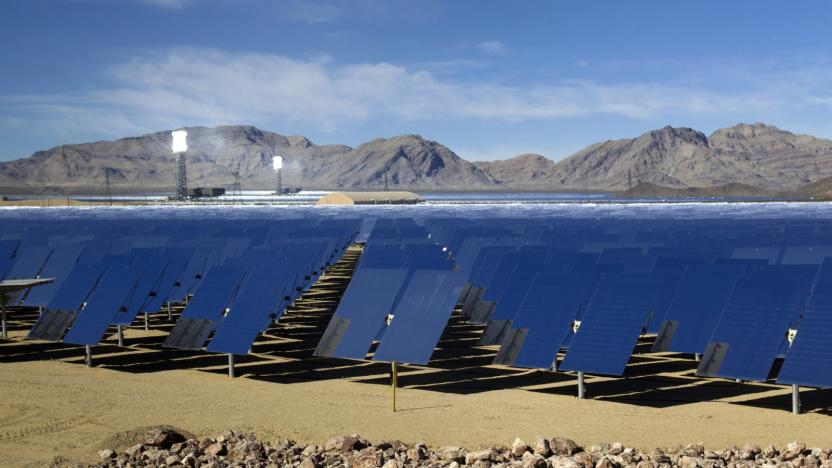
Google expects to run solely on renewable energy in 2017
Google has made it a point to run as much of its business on renewable energy as possible, and it looks like the company is close to reaching its ultimate goal. The internet pioneer now expects that all of its offices and data centers will be relying on purchased solar or wind power by some point in 2017. This isn't the same as directly powering facilities with eco-friendly energy (logistics and the nature of electrical grids makes that difficult), but it does mean that Google is funding enough projects to offset its massive power demands -- 5.7 terawatt-hours in 2015.

Solar beads can make some very cool lamps and flashlights
Conventional solar panels aren't exactly the prettiest objects on the planet, which is why companies like Tesla, SRS Energy and SunTegra have been focusing on blending this technology into roof tiles. As for those who don't have a roof or land to spare, Japan's Kyosemi Corporation has come up with an alternative solution that can let windows and glass walls soak up solar power as well. The magic ingredient? Just a web of "Sphelar" solar cell beads -- each with a diameter of 1.2 mm -- lined up inside any transparent substrate, meaning it can come in any shape or form while letting light travel through the gap between beads. Better yet, due to the spherical nature of these cells, they can capture light from almost any angle -- to the point where they can deliver a higher cumulative output than their conventional counterparts, according to the company.

Scientists confirm twisty fusion device's odd magnetic fields
Now that the first large version of a extraordinarily complex, cruller-shaped stellarator fusion device is up and running, there's an overriding question: is it behaving the way scientists expected? Thankfully, the answer is yes. Researchers have confirmed that Germany's Wendelstein 7-X stellarator is producing the 3D magnetic fields that were anticipated from its twisty design. In fact, it's faithful to the concept with "unprecedented accuracy" -- the error rate is less than one in 100,000.

MIT's sensor network tracks your power-hungry appliances
You get a bill from your electricity provider every month laying out how much energy you used, but there's no easy way to get a breakdown of which appliances suck down the most juice. But the US Navy has partnered with MIT scientists to design a cheap, portable sensor network that tracks the power drain of each of your domestic devices.

Tesla runs an entire island on solar power
Now that Tesla has officially acquired SolarCity, it's not wasting any time showing what the combined entity can do. Tesla has revealed that it's running the island of Ta'u (in American Samoa) on a solar energy microgrid that, at 1.4 megawatts, can cover "nearly 100 percent" of electrical needs. It's not just the 5,328 solar panels that are key -- it's the 60 Tesla Powerpacks that offer 6 megawatt-hours of energy storage. While Ta'u is normally very sunny, the packs can keep it running for three days without sunlight. They don't have to worry about a cloudy day leading to blackouts.

NASA demonstrates EM Drive theory, but don't get too excited
A fuel-free engine is the stuff of science fiction for now, but scientists at NASA Eagleworks have published a peer-reviewed paper that suggests the ideas behind an EM Drive are worth testing further. Researchers at Eagleworks, a small NASA team tasked with testing humanity's wildest theories of spaceship propulsion, were able to produce thrust without any kind of propellant, in a vacuum, as they published this weekend in ARC.
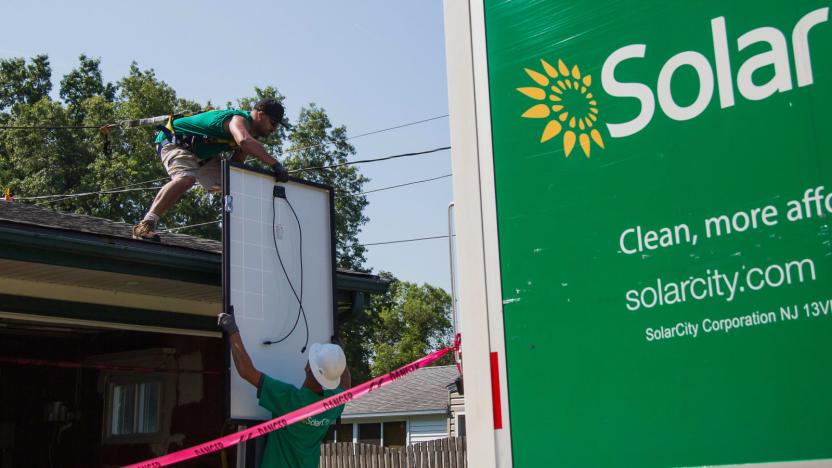
Tesla makes its case for buying SolarCity
Tesla's been busy with more than the Model 3 in recent months. In August, founder and CEO Elon Musk announced that Tesla would join with his other company, SolarCity, in a $2.6 billion merger. Musk said at the time that the melded company would serve as an "end-to-end clean energy" solution. And just last week, he unveiled the company's new solar roof and Powerwall 2 home battery which, taken together, would harness and store the sun's energy to both the house and the electric car in its garage. On Tuesday, Tesla clarified what it expects to come from the merger and how the two companies will function as one.

Tesla unveils its solar roof and Powerwall 2
At Universal Studios in Los Angeles tonight, Tesla CEO Elon Musk showed off the company's solar roof-top panels, a new $5,500 Powerwall 2 high-capacity residential battery pack, and the Powerpack 2 for businesses.

ICYMI: The ESA's mission to Mars launches next week
try{document.getElementById("aol-cms-player-1").style.display="none";}catch(e){}Today on In Case You Missed It: The European Space Agency and Russia are joining up to launch their ExoMars project next week, which will look for traces of extraterrestrial life on the red planet. Meanwhile, a newer kind of wind energy harvester is being installed in Paris, where leaves on a fake tree can capture energy in breezy conditions.

Part of Scotland will soon be powered by kites
Name a method of generating power that's cheap, efficient, sustainable and sounds like something Mary Poppins dreamed up after downing 20 teaspoons of sugar. That's right -- kite power. One of the world's first non-experimental, kite-driven power stations will be established offshore in Southern Scotland, at the Ministry of Defence's West Freugh Range near Stranraer. UK company Kite Power Solutions plans to install a 500 kilowatt system that it expects will generate 'several hundred megawatts' of energy by 2025, Independent reports.
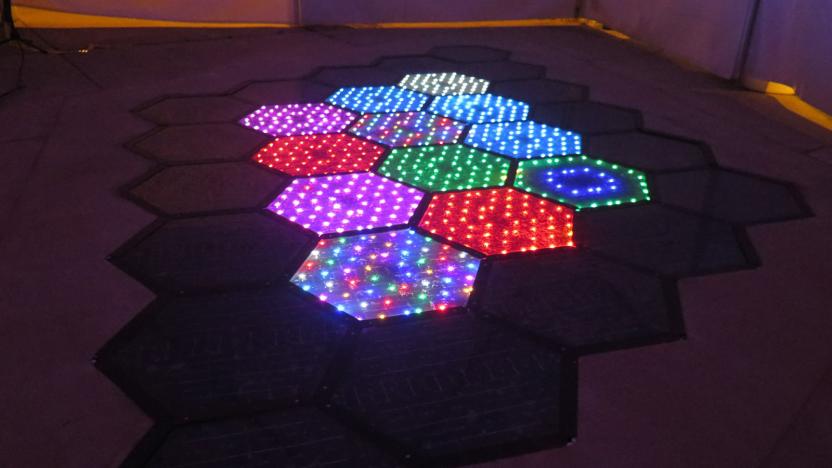
Solar road tiles get their first public test
No, that's not an elaborate new Lite-Brite kit-- that's the possible future of energy. After years of work (and some last-minute delays), Solar Roadways has installed its first public energy tiles in Sandpoint, Idaho as part of a test. On top of producing a light show, the panels will generate power for the fountain and restrooms in a public square. They have heating elements, too, so they should keep running even in the heart of winter. And if you're not sure how well they'll work in practice, you can check on them yourself -- Sandpoint has a live webcam pointed at the tiles.
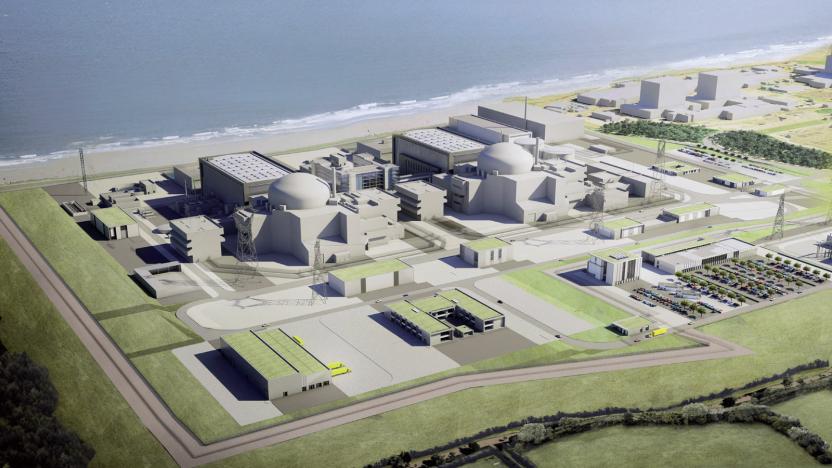
Mammoth UK nuclear plant receives final government thumbs-up
Eight years after it was first proposed, the UK government today gave the final go-ahead for Hinkley Point C, a new nuclear power plant to be built in Somerset. The two-reactor site is expected to become operational in 2025, at which point the majority of live nuclear power stations in the UK will be decommissioned, or only a few years away from the same fate. Point C is slated to generate 3,200 megawatts -- roughly 7 percent of the UK's total consumption and well over double the output of any currently operational site. The first new nuclear plant to be built in the UK in decades, it'll also be one of the priciest projects the world has even seen, with conservative estimates putting construction costs alone at £18 billion.








